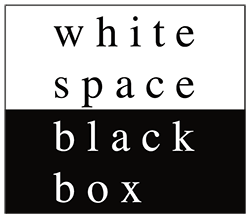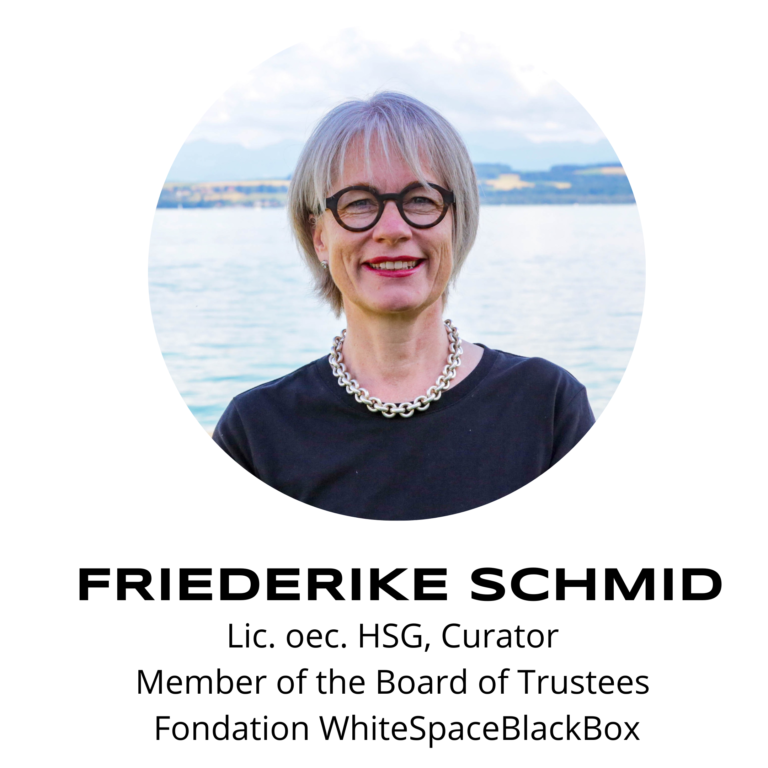
© Work of César Manrique «Monumento al Campesino», photo of the author
Doing something that none of us could do alone
This quotation from Tomás Saraceno exactly describes our feeling and what artworld at the moment contributes to the global ecological discussion and need to act. No matter where you go: on the street, in galleries and museums – everywhere exhibitions, art actions or small artistic signs pop up, talking about the most diverse facets how human behavior and exploitation inflicts life on our planet. Even at airports («Memories of the future» at EuroAirport Basel), the places where you are especially confronted with ecological issues, art students address these topics.
Humanity and our planet are the theme of the moment in art. But can art support political efforts or counteract economic exploitation? Does art have a different approach to influencing people than radical political positions or rational opinions have?
With the ongoing industrialization, urban sprawl of our landscape, increasing mobility, and the all-dominant growth mantra in the second half of the 20th century individual artists started engaging for man’s relationship with his environment in smaller or larger ways. In Switzerland for example this was artist and architect of his dreams Bruno Weber (1931-2011), who outside Zurich erected a whole sculpture parc with phantastic creatures woven into the green and symbolizing the cohabitation of human and nature versus an increasingly concreted landscape. Another artistic way of directing our awareness towards nature and how we treat it is Land Art, executed by artists like Andy Goldsworthy (GB) or Strijdom van der Merwe (ZA). With their often ephemeral installations they draw our attention to little or unnoticed things in nature and to take care of them. Also, they emphasize the finiteness of our lives and with it some humility before creation.
Outstanding is the contribution of César Manrique (1919-1992), Spanish artist, who managed to have a whole island declared as UNESCO biosphere reserve. Due to his legacy as an artist, architect, and ecologist, since 1993 his volcanic home island Lanzarote (part of the Canary Islands) is under this protection. What sounds very simple was a mix of artist celebrity (coming back from New York’s glittering art world, where he was in touch with at that time avant-gardist artists like Rothko, Pollock or Warhol and Rauschenberg), a «combat zone» limited to a secluded island, and outstanding natural beauty. And beyond that, great efforts and a will not to give up. This was in 1966, when Lanzarote was just about to be kissed awake by tourism and he felt the strong vocation after many years in big cities, to beware this little spot of the earth.
It was there, where his vision of the «Gesamtkunstwerk» (holistic work of art), began. Not only linking the different forms of art (painting, sculpture, architecture) with each other, but integrating art with life – a harmonic relationship between man and nature. Concerning architecture he worked with great respect to nature, referring to traditional styles and natural givens. He built his personal house and public projects into «frozen» volcanic bubbles and caves, in the middle of lava fields, letting himself being guided by the landscape and materials. Childhood friends, who then were mighty politicians, supported his ideas on building policies and banned billboards, laid telephone, and electricity cables under earth. Houses had to be white and not higher than three stories, the height of a palm tree. As there is no natural water in Lanzarote, most gardens use indigenous plants, which can cope with low moisture: plenty of cactus and palm trees planted into surfaces of small crushed black rock, attracting the moisture in the air as it cools in the evening. Even the grapes nowadays cultivated, use this collaboration with nature for their wonderful volcanic Malvasia-taste.
His most visible and typical works of art are his mesmerizing kinetic sculptures, «wind-toys», in a playful dialogue with the island wind and juxtaposing their shapes and colors to the black, solidified lava masses. Reminiscences to the windmills, which formerly were scattered all over the island.
As a food for thought I would like to refer to a few names of artists who have recently inspired me in this regard: Otobong Nkanga (NG/BE), Katja Loher (CH), Isaac Cordal (ES) and Julian Charrière (CH). Furthermore, the Argentine Tomás Saraceno mentioned at the very beginning, who with his Aerocene-Project searches to redefine social relations and shape a symbiotic connection to our planet. His recent effort with the communities of Salinas Grandes, Jujuy, Argentina «Water and Life are Worth More than Lithium», no longer wants to accept the energy transition and ruining of their sheltered home-landscapes, imposed on them by Lithium-mining. Their territories are on their way to getting their own votes, to stop being destroyed in return for green energy in the global north.

